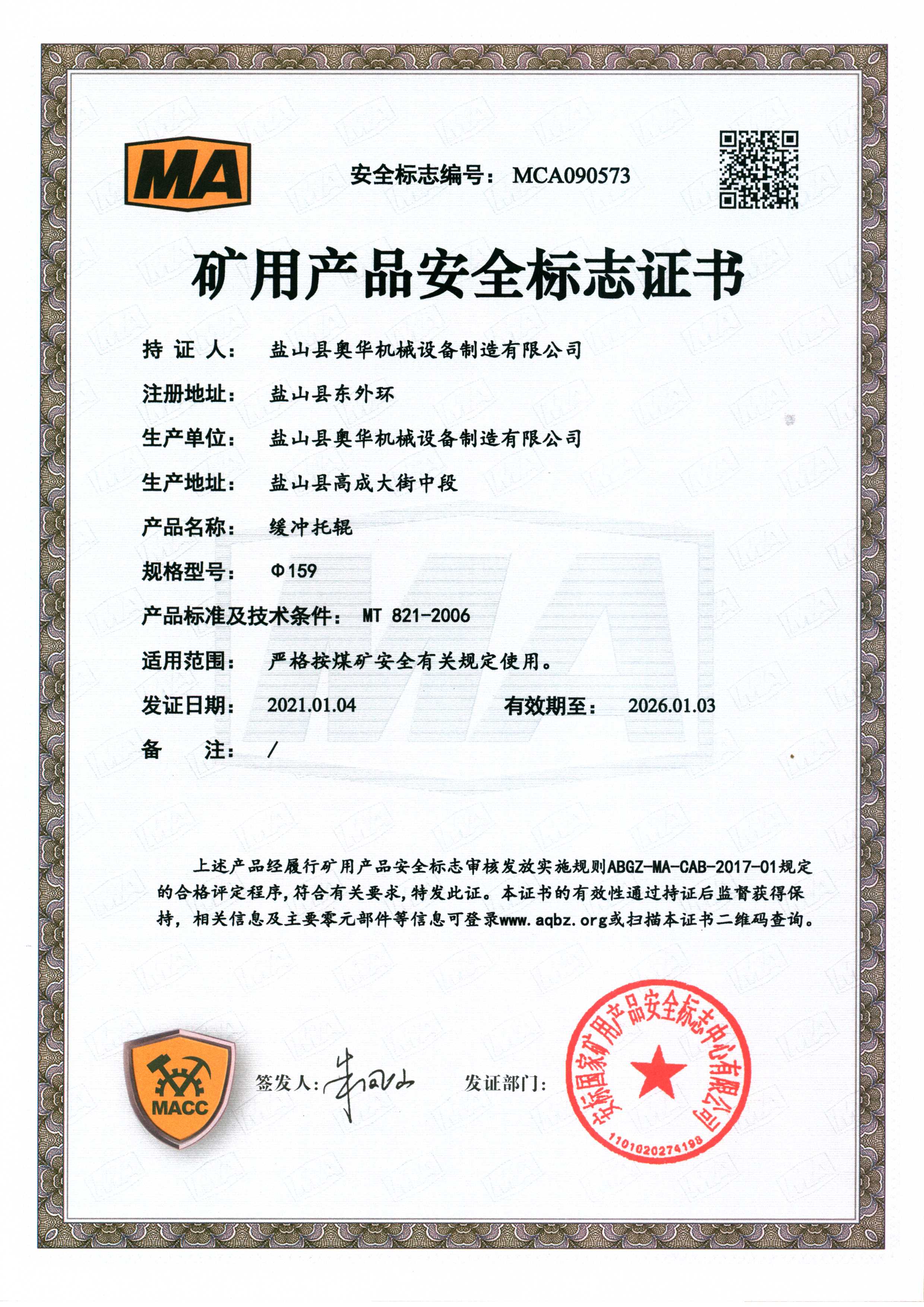 Afrikaans
Afrikaans  Albanian
Albanian  Amharic
Amharic  Arabic
Arabic  Armenian
Armenian  Azerbaijani
Azerbaijani  Basque
Basque  Belarusian
Belarusian  Bengali
Bengali  Bosnian
Bosnian  Bulgarian
Bulgarian  Catalan
Catalan  Cebuano
Cebuano  Corsican
Corsican  Croatian
Croatian  Czech
Czech  Danish
Danish  Dutch
Dutch  English
English  Esperanto
Esperanto  Estonian
Estonian  Finnish
Finnish  French
French  Frisian
Frisian  Galician
Galician  Georgian
Georgian  German
German  Greek
Greek  Gujarati
Gujarati  Haitian Creole
Haitian Creole  hausa
hausa  hawaiian
hawaiian  Hebrew
Hebrew  Hindi
Hindi  Miao
Miao  Hungarian
Hungarian  Icelandic
Icelandic  igbo
igbo  Indonesian
Indonesian  irish
irish  Italian
Italian  Japanese
Japanese  Javanese
Javanese  Kannada
Kannada  kazakh
kazakh  Khmer
Khmer  Rwandese
Rwandese  Korean
Korean  Kurdish
Kurdish  Kyrgyz
Kyrgyz  Lao
Lao  Latin
Latin  Latvian
Latvian  Lithuanian
Lithuanian  Luxembourgish
Luxembourgish  Macedonian
Macedonian  Malgashi
Malgashi  Malay
Malay  Malayalam
Malayalam  Maltese
Maltese  Maori
Maori  Marathi
Marathi  Mongolian
Mongolian  Myanmar
Myanmar  Nepali
Nepali  Norwegian
Norwegian  Norwegian
Norwegian  Occitan
Occitan  Pashto
Pashto  Persian
Persian  Polish
Polish  Portuguese
Portuguese  Punjabi
Punjabi  Romanian
Romanian  Russian
Russian  Samoan
Samoan  Scottish Gaelic
Scottish Gaelic  Serbian
Serbian  Sesotho
Sesotho  Shona
Shona  Sindhi
Sindhi  Sinhala
Sinhala  Slovak
Slovak  Slovenian
Slovenian  Somali
Somali  Spanish
Spanish  Sundanese
Sundanese  Swahili
Swahili  Swedish
Swedish  Tagalog
Tagalog  Tajik
Tajik  Tamil
Tamil  Tatar
Tatar  Telugu
Telugu  Thai
Thai  Turkish
Turkish  Turkmen
Turkmen  Ukrainian
Ukrainian  Urdu
Urdu  Uighur
Uighur  Uzbek
Uzbek  Vietnamese
Vietnamese  Welsh
Welsh  Bantu
Bantu  Yiddish
Yiddish  Yoruba
Yoruba  Zulu
Zulu drive rollers for belt conveyors
Understanding Drive Rollers for Belt Conveyors
Belt conveyors are a cornerstone of material handling systems across various industries, designed to transport goods efficiently over varying distances. Among the essential components of these conveyors are drive rollers, which play a crucial role in the overall functionality and effectiveness of the system. This article delves into what drive rollers are, their types, functions, and considerations for selection.
What Are Drive Rollers?
Drive rollers, also known as drive pulleys or drive drums, are cylindrical components at the core of a belt conveyor system. They are connected to a motor that provides the necessary torque and motion to move the conveyor belt and, consequently, the materials it carries. The movement of the drive roller essentially propels the belt forward, allowing for continuous and efficient transport.
Types of Drive Rollers
Drive rollers come in various types, each designed for specific applications and environments. Here are some common types
1. Smooth Drive Rollers These rollers have a smooth surface and are typically used in applications where the belt needs to glide on the roller without much friction. They are ideal for lightweight materials and lower speed applications.
2. Textured Drive Rollers These are designed with grooves or patterns on their surface to provide increased traction. They are suitable for heavier loads or where the belt requires additional grip to prevent slippage.
3. Lagged Drive Rollers Lagging is the process of covering the drive roller with a material that enhances friction and grip. These rollers are particularly useful in applications involving steep inclines or when handling sticky materials.
4. Adjustable Drive Rollers Some systems incorporate adjustable rollers that can be modified to accommodate different belt tensions and alignments. This flexibility is essential in maintaining the optimal performance of the conveyor system.
Functions of Drive Rollers
Drive rollers are essential for several reasons
drive rollers for belt conveyors

- Motion Generation The primary function is to generate motion for the conveyor belt, driving it forward as materials are loaded onto it.
- Load Distribution Drive rollers ensure that the load on the conveyor is evenly distributed along the belt. This is vital for preventing wear and tear on both the belt and the rollers.
- Belt Tracking Properly designed drive rollers help maintain the alignment of the belt on the conveyor. This prevents misalignment, which can lead to operational inefficiencies and increased maintenance costs.
Considerations for Selection
When selecting drive rollers for a belt conveyor system, several factors should be considered
1. Load Capacity Depending on the weight and type of materials being transported, the drive roller must be able to handle the load without excessive wear or failure.
2. Speed The expected speed of the conveyor belt will impact the type of drive roller chosen, as higher speeds may require different designs to ensure stability and efficiency.
3. Environmental Conditions The operating environment plays a crucial role; harsh conditions such as moisture, dust, or extreme temperatures may necessitate specific materials or coatings for the drive rollers.
4. Maintenance Needs Consider the ease of maintenance and replacement of drive rollers. Systems that allow for quick access can significantly reduce downtime.
Conclusion
Drive rollers are critical components of belt conveyor systems, influencing their efficiency, durability, and overall performance. Understanding the various types of drive rollers and their functions aids in making informed decisions when designing or maintaining a conveyor system. By carefully selecting the appropriate drive roller based on the required specifications, businesses can enhance the effectiveness of their material handling operations, resulting in increased productivity and reduced costs.
-
Revolutionizing Conveyor Reliability with Advanced Rubber Lagging PulleysNewsJul.22,2025
-
Powering Precision and Durability with Expert Manufacturers of Conveyor ComponentsNewsJul.22,2025
-
Optimizing Conveyor Systems with Advanced Conveyor AccessoriesNewsJul.22,2025
-
Maximize Conveyor Efficiency with Quality Conveyor Idler PulleysNewsJul.22,2025
-
Future-Proof Your Conveyor System with High-Performance Polyurethane RollerNewsJul.22,2025
-
Driving Efficiency Forward with Quality Idlers and RollersNewsJul.22,2025





























